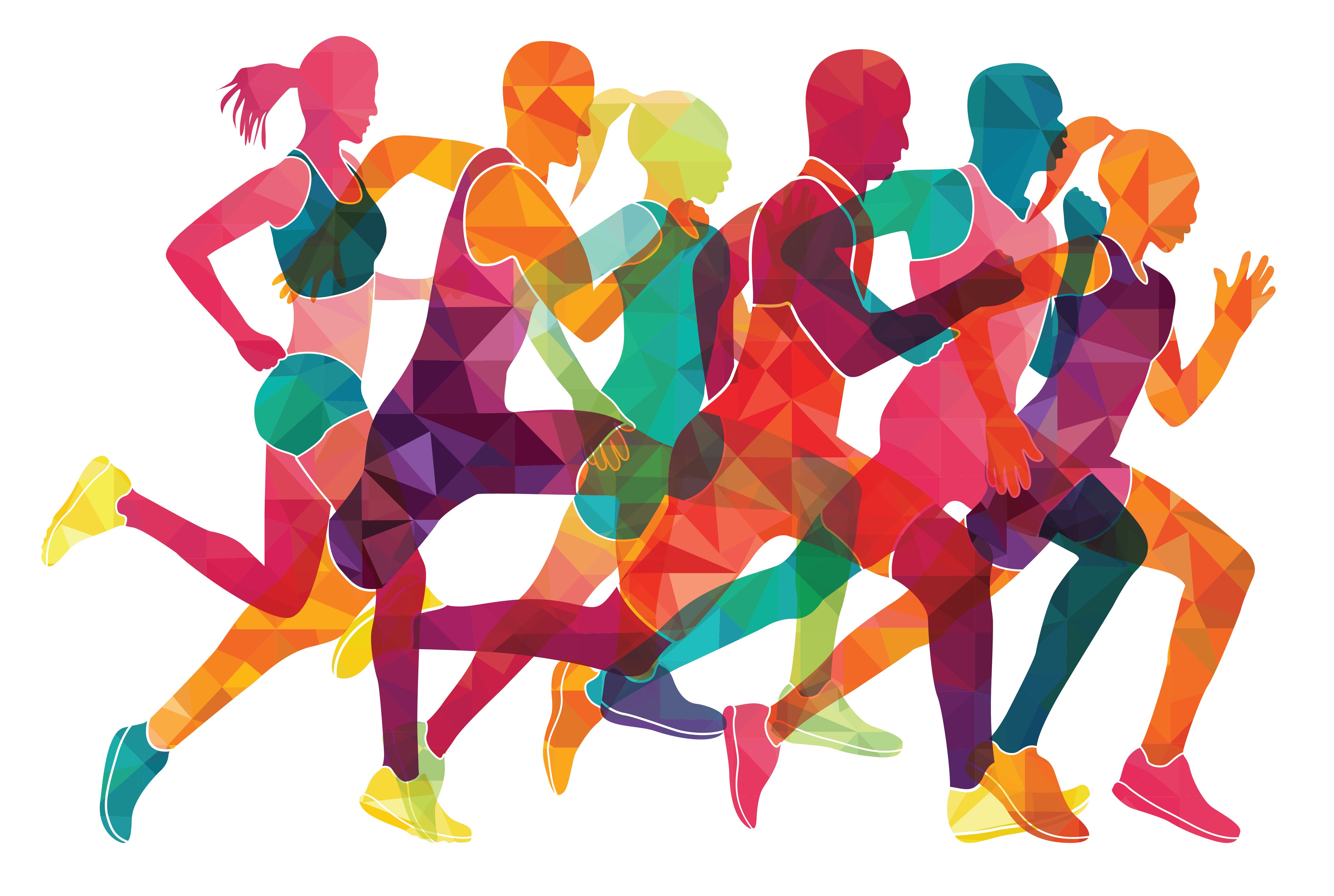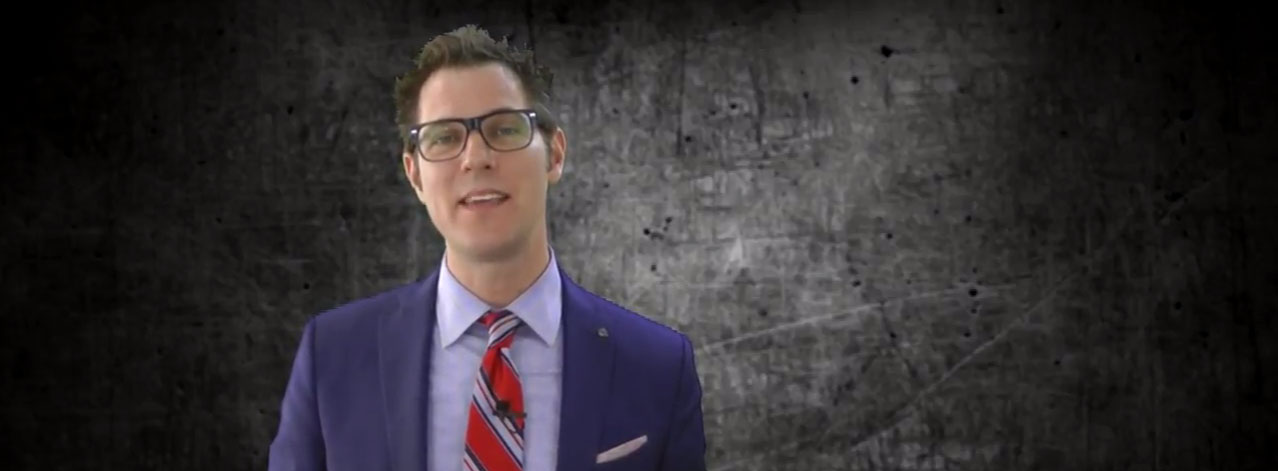Calibrating the Impact of Organizational Change: The 5K Theory
Big Ideas | How We Work | Leadership | Change Management | People Operations
Prefer this post in an audio format? Here you go.
Change comes in an assortment of flavors, each impacting people in different ways. For the most part, any change initiative is less about the thing you’re changing and more about people’s reaction to the change. Don’t believe me? See Adam’s Equity Theory, Vroom’s Expectancy Theory, or Herzberg’s Two-Factor Theory, for starters.
The world in which we live today is constantly changing, and the rate of change feels more like it’s increasing exponentially rather than simply incrementally anymore. For organizations trying to remain relevant and effective in this environment, they’re either moving forward or falling behind.
“Intelligence is the ability to adapt to change.” Stephen Hawking
One of the things we need to do as managers and leaders is calibrate our team’s and organization’s ability to adapt to change so we can continue moving forward. Calibrate at speeds too slow and we wither on the vine, too fast and we flip people’s fight or flight switches.
After being a part of my fair share of change initiatives, I’ve come up with a new change theory, one I call the 5K Theory. It’s a theory that helps us understand how change can burn out people or make them more resilient.
Change management through an athletic lens
I’m a cyclist, not a runner or a swimmer. I could go out right now and bike 50 miles, yet would struggle to run a 5K without walking. And when I’m done biking, if needed, I could bike another 50 miles. (God help me if you said I had to run two 5Ks back-to-back.)

Change initiatives can feel a bit like these athletic feats. There are some in your organization who could take repeated efforts and never seem to tire. They can hold it deep in the red — 5K, after 5K, after 5K — but then reach a point, the rubber band snaps, and they can’t go another step. And there’s another set who could clock a fast 5K but need time to recoup before they run another fast 5K. Back-to-back 5Ks for them without breaks would just result in ever slower times and eventual burnout. Then, there are some still who could alternate biking and running efforts non-stop, and then some who would implode the moment you uttered the phrase: 5K.
Imagine you’re trying to move your organization 100 kilometers but only five kilometers at a time. If everyone in your organization ran the initial 5K, you’d have a few people finish in a speedy 15 minutes, some in 30 minutes, and others walking in at around an hour. Now let’s say you biked the next leg. Some people finish in 5 minutes, others roll in at an hour. Now say you swim the next leg. Same deal.
How long do you wait before starting subsequent legs? Do you wait for everyone to finish first before moving on? What’s the appropriate break time and how do you calibrate not running your people into the ground? How do you rejuvenate people and keep them inspired?
Some people are mentally built for endurance sport, others are better suited for short bursts. Too many repeated efforts though and you stall somewhere in the 45–50K range, when it feels like a never-ending slog without seeing any progress or reward.
In the cultural sector, just trying to maintain the status quo can often feel like running that 100K effort non-stop at sprint-speed. And when people pull the rip cord to leave our organizations, it’s often because they’re being asked to run the same 5K over, and over, and over again, without a break, time to reflect or celebrate interim milestones.
People need variety to stay engaged and interested. In sports, it’s called cross training. We might need to pick different races, or sports, or terrain, rather than just asking them to keep their head down and plow forward. Be aware of when people might need to switch things up. Biking all the time makes your lower body strong but leaves your swimming ability under-developed.
Changing things up is one way to help us move forward as a stronger team, recharge energies, and develop new skills. Remember, even world-class athletes need a break and to change things up from time to time. It’s part of what makes them high performers.
About Tim Cynova
Tim wears a multitude of hats, all in service of creating anti-racist workplaces where people can thrive. He currently is co-CEO of Fractured Atlas (an entirely virtual organization with staff spread across multiple states and countries) and a Principal of the consulting group Work. Shouldn't. Suck. He serves on the faculty of Banff Centre for Arts & Creativity and The New School teaching courses in People-Centric Organizational Design; he's a trained mediator, and a certified Senior Professional in Human Resources (SPHR). Earlier in his career, Tim was the Executive Director of The Parsons Dance Company and of High 5 Tickets to the Arts in New York City, had a memorable stint with the Cincinnati Symphony Orchestra, was a one-time classical trombonist, musicologist, and for five years in his youth he delivered newspapers for the Evansville, Indiana Courier-Press. Also, during a particularly slow summer, he bicycled 3,902 miles across the United States.


